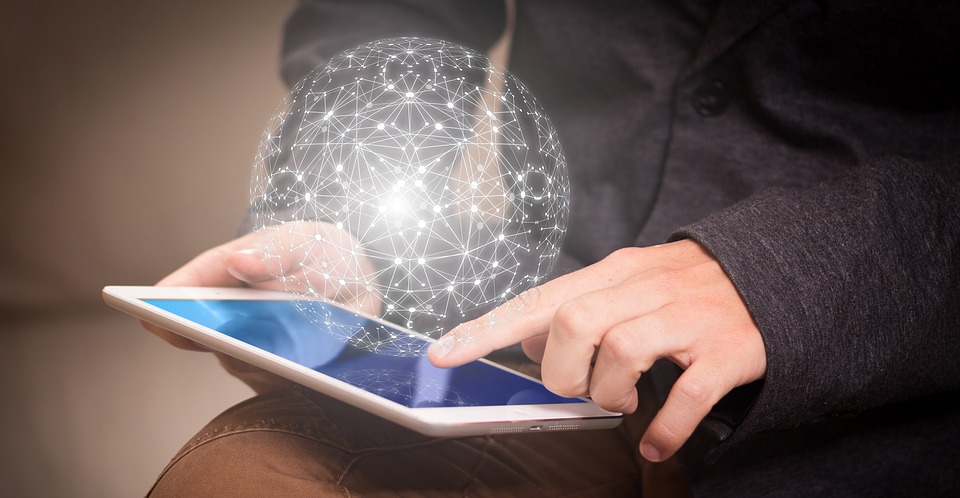Understanding your target audience’s shopping journey is key to increasing sales!
A tool widely used by marketers to guide their work through the customer journey is the so-called ” sales funnel “.
In reference to the utensil, funnels in marketing represent the entire journey of a buyer from awareness to the actual purchase of the product.
The concept of the sales funnel concerns the positioning of marketing strategies, which are executed with the aim of attracting as many leads as possible to the website and then gradually promoting potential customers through suitable schemes.
What is a sales funnel?
A sales funnel is a model, which describes, as said, the customer journey, from product awareness to actual conversion.
This model places the customer in different phases of the purchase process mapped by the companies.
Each of them, when outlining their marketing strategies, plan them thinking about what to do at each stage of the funnel, considering customer behavior and purchase intent, for example.
Following this concept, the probability of purchases made gradually decreases at each stage, like a funnel.
Which is perfectly normal: some people choose to go out, some lose interest, and some choose to shop elsewhere.
So it’s the marketer’s job to strategize so that as many leads as possible make it to the end of the funnel as customers.
The customer journey starts with recognition and ends with purchase.
However, there are many other relevant stages in this process.
From a marketer’s perspective, these stages can be broken down into three parts:
lead generation
When a customer accesses your website, he does not necessarily need to be interested in consuming your product or service. At least not that time…
Therefore, it is important that websites generate so-called leads: people identified as likely to be interested in the product or service offered on the website.
This interest can cause the visitor to leave their email, for example, by subscribing to a newsletter or downloading an e-book.
This information-gathering process is called lead generation and the information is later used for more effective marketing campaigns.
Lead Nurturing
Once the potential customer is aware of the product, it is up to the marketing strategies to nurture the leads with information, in order to arouse their interest and lead them to make the purchase.
This requires the marketer to access multiple channels, improve their strategies, make use of appropriate tools and include affiliates and partners who promote the product.
Sale
The narrowest bit and the funnel tip. This is the result of the marketer’s efforts and the customer journey.
Sales funnel stages
The three parts of the marketing funnel are made up of the following stages of the customer journey:
Consciousness
A marketer focuses on tapping into the entire pool of potential customers at the beginning.
This involves making them aware of the product, through effective advertising, marketing, public relations and other forms of communication.
Awareness is followed by lead generation when the company acquires customer information such as email.
This information will feed the lead system and become important for future actions.
Interest
When the lead is generated, it’s time to inform them more about the product and the brand.
The customer learns more about the company through consumer surveys, word of mouth and many other online and offline means.
The more positive information he gets about the brand, the more interested he is.
Marketers should take every opportunity to develop a buyer relationship at this stage.
This is usually done through monitoring product reviews, testimonials from past customers, inbound marketing, a great graphical interface to grab attention, provide more information to the customer, etc.
This is a crucial stage of the marketing funnel as it is primarily at this stage the prospective buyer would want to stay or leave the funnel.
Consideration
The interest stage is followed by the consideration stage, where the lead is converted into a marketing-qualified lead.
The potential customer is now considering purchasing the product and therefore the marketer needs to pay more attention and communicate elaborate product information, offers and discounts.
This information is communicated through free trials, targeted emails, newsletters, telephone marketing and other direct interaction strategies.
Intention
An intent stage is when the potential customer performs some specified activity after the consideration stage, such as purchase-related queries, placing the product in the shopping cart, even if they don’t make the purchase afterwards…
The intent stage is a trigger for the marketer to get started with their remarketing and other strategies.
Assessment
The intent stage is a tap for potential conversion.
The evaluation phase is the final phase before the purchase decision.
In this step, the customer evaluates the product, price and offer provided by the brand and makes his decision on whether to buy or not.
Purchase
The buying part is about the tip, the narrowest part of the marketing funnel.
It is the result of the marketer’s effort throughout the process.



